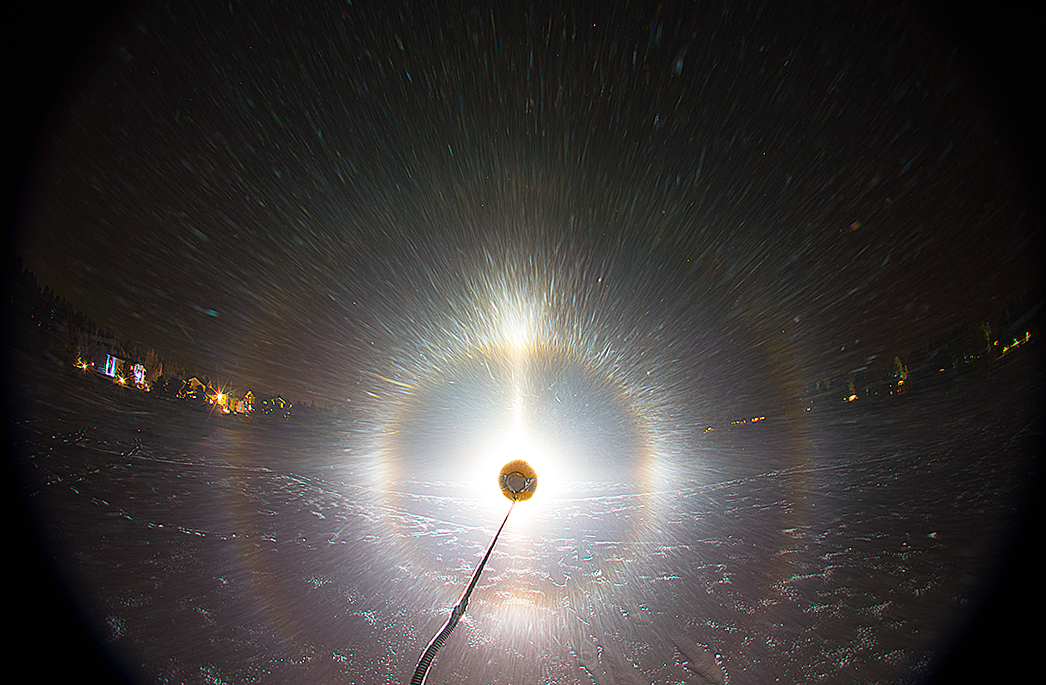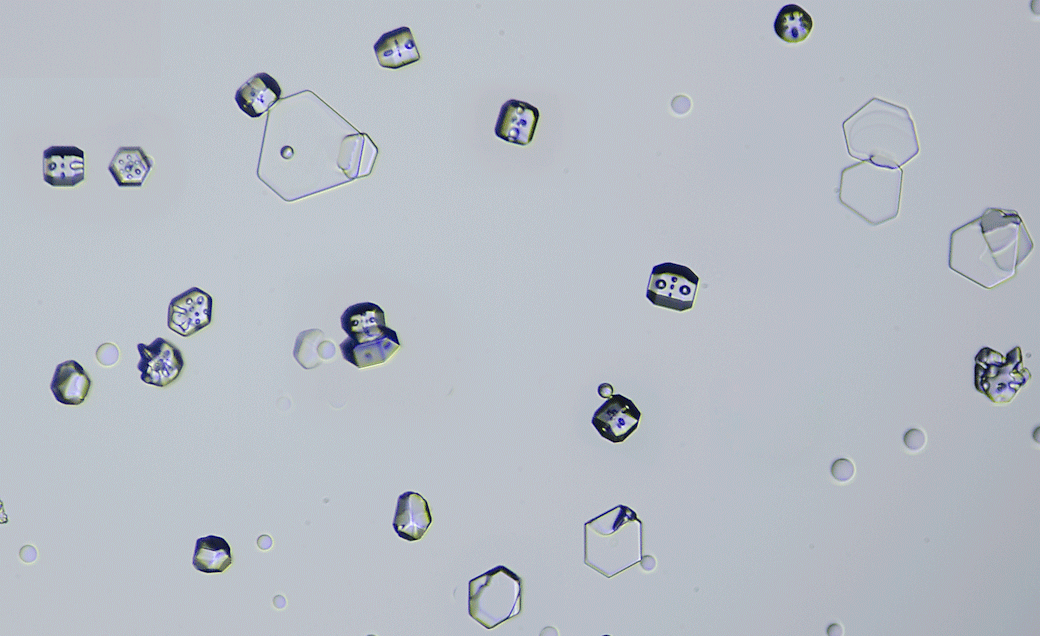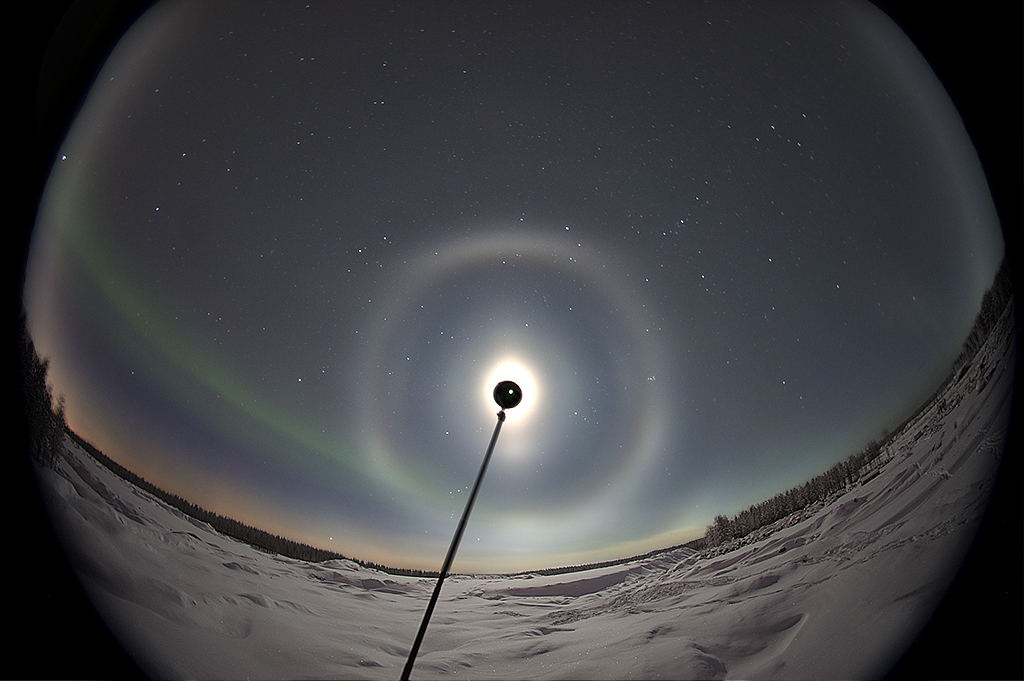[gallery columns="4" ids="1630,1631,1632,1633"]
Laying down on sofa in the warmth of a glassed balcony in a flats building in Kirkkonummi and looking at the sky, it seemed like sun was soon to get behind a thick sausage of cloud. A lazy thought occurred - like a barking of an old dog that has lost faith in barking but does it anyway because that's what the dog is supposed to do - that maybe this time reflection subsun will appear. The lake was there: a week or so earlier I had seen at about the same time (it was closing 8 pm) from this same balcony reflected cloud rays.
Soon the sun was behind the cloud and nothing happened. Then, after an indeterminable time, still assuming a plate orientation on the sofa, two short slivers of light against the cloud caught attention (the first photo above). Cloud rays, I thought. Seconds pass. Cloud rays, yeah. More seconds pass. Um, somethings not right, they are still vertical. Better get the camera.
So I took photos during the about 10 minutes that the phenomenon lasted, from about 1955 to 2005, on 28 April, 2015. All of them are shown above in original and unsharp masked form (get larger size from bottom right). Two anomalies catch eye. First, the phenomenon is cut in thin slices. Second, parts of it are offset from the solar vertical. This is seen in the photos toward the end of the series where the pillars develop also higher up from the initial location (which by the cloud rays was pretty much the location of the sun behind the cloud) and are offset to right from the sun vertical.
I though I was looking at an anomalous reflection subsun, but when sun came out and no normal pillar was seen, I didn't know anyore what to think. Sun went back behind the cloud but the phenomenon never reappeared. Near sunset sun was shining again and as it sink down a beautiful saturated red twilight developed in the clouds above. No pillar could be seen. But then suddenly, when the color was already fading, the pillar appeared as shown by the photo above. Maybe when the sun got enough low under the horizon its rays did not light anymore on the lowermost non-ice parts hanging down from the bottom of the cloud, but instead were shining only on the higher icy parts. The masking curtain of the lower parts thus removed the pillar had the stage now.
But the main issue is what were the reflecting surfaces that made slivers and caused the offset. I don't know.




